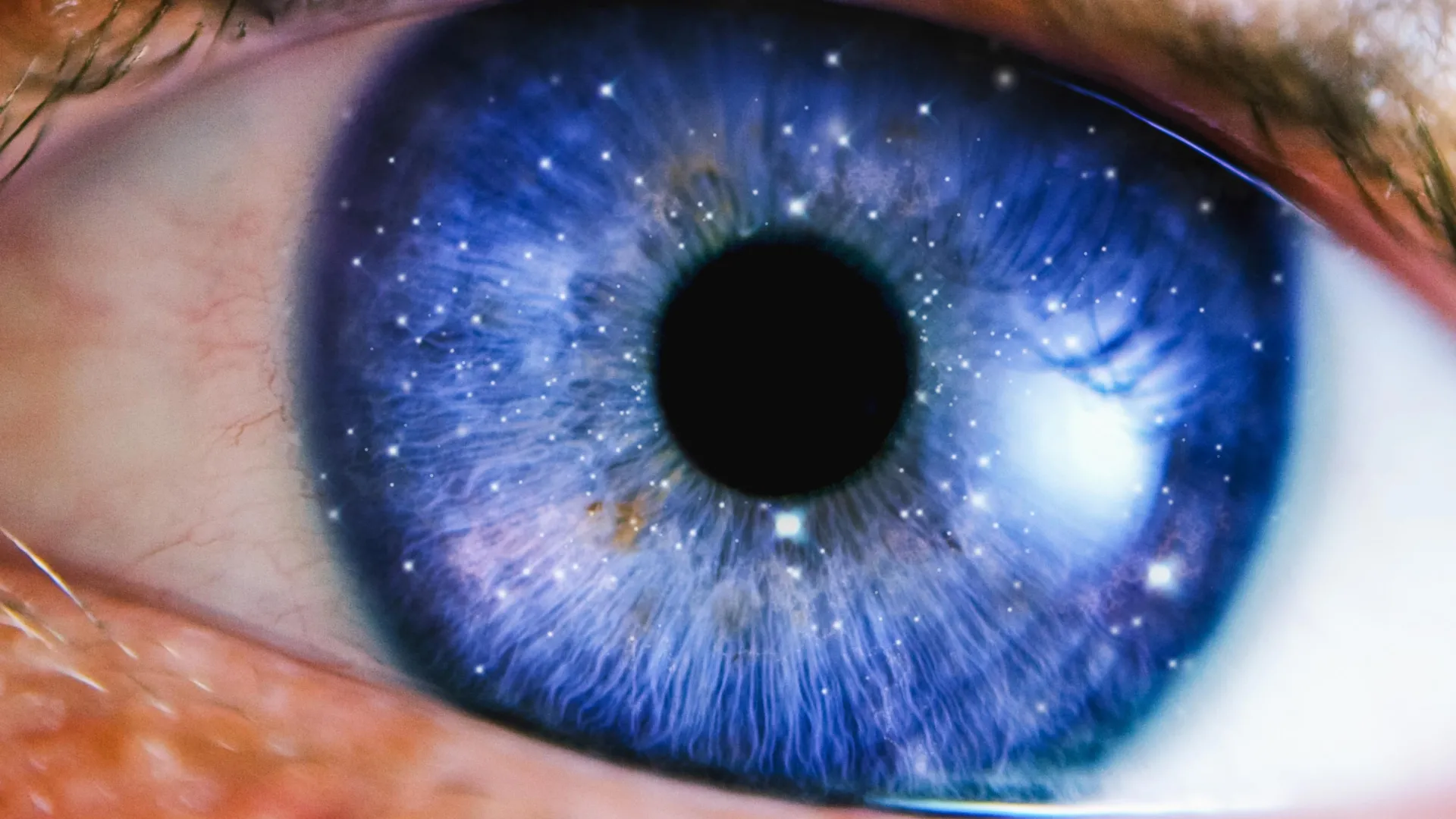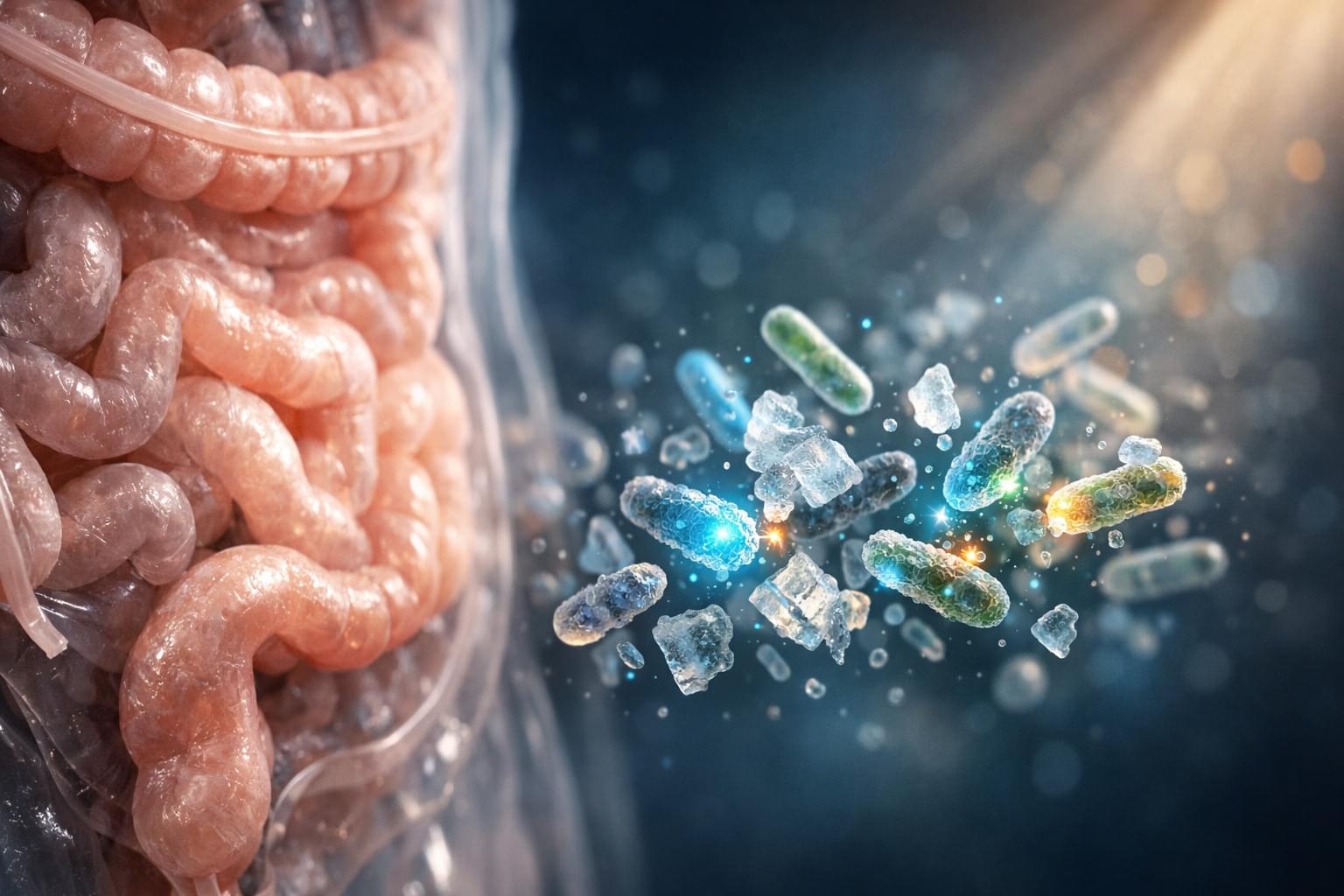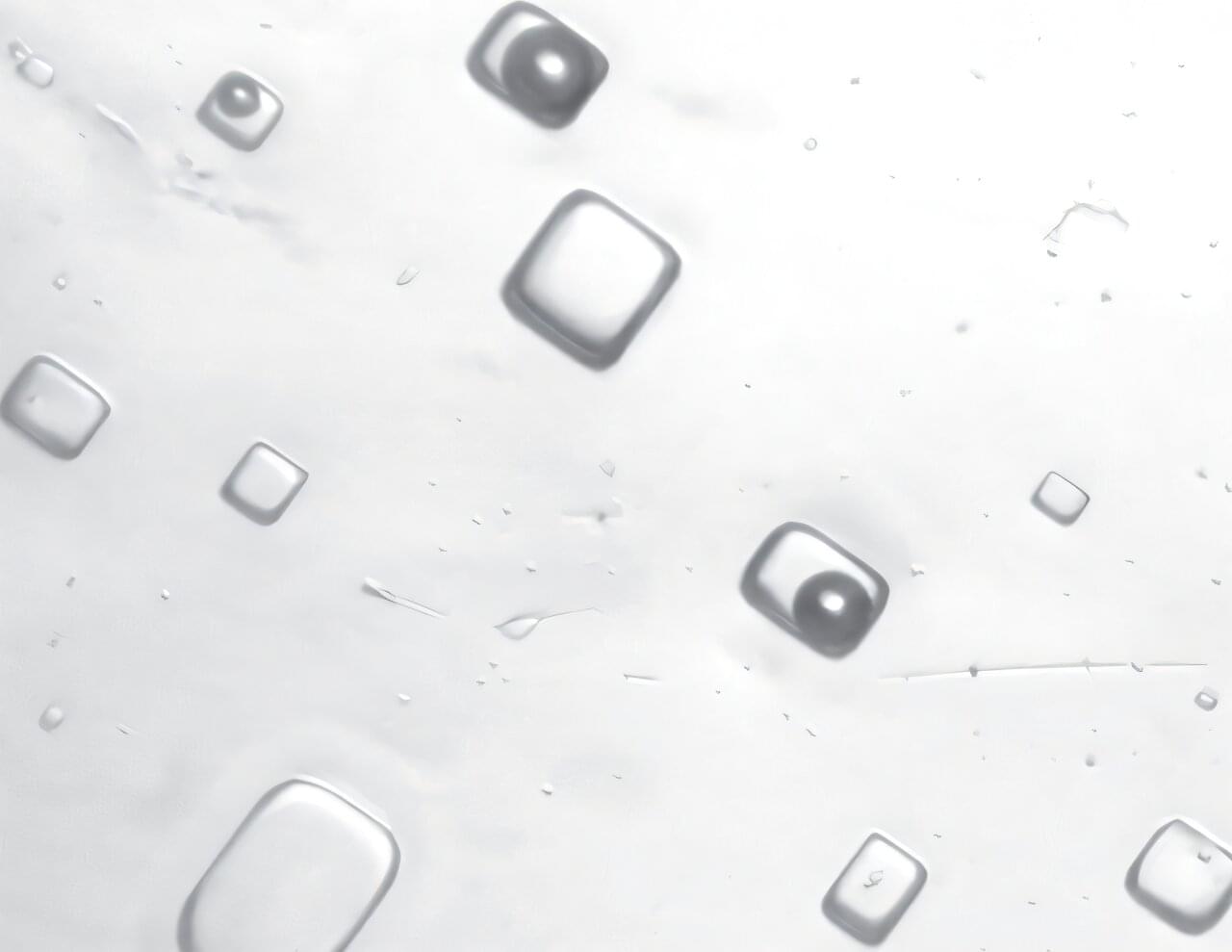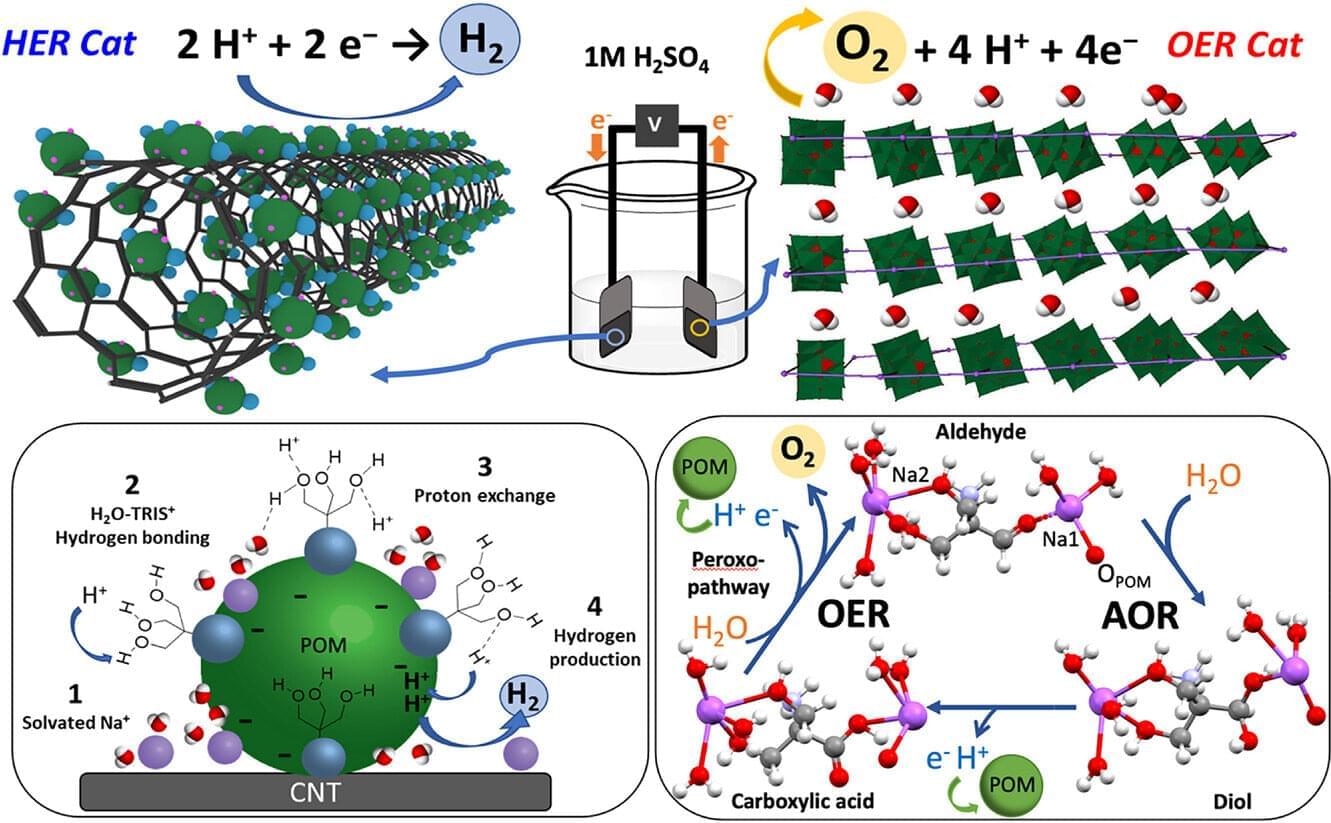Across physics, chemistry, biology, and engineered systems, the operationally significant questionis often not whether a system will eventually reach a particular state, but whether it can be broughtthere within the time available. This paper establishes a single structural necessity: when causalresponse propagates at finite speed, there exist states that are theoretically admissible but practicallyunreachable within any finite time horizon. We formalize this as the causal accessibility horizon—ageometric boundary determined solely by propagation speed and actuation geometry, beyond whichno control action can have effect by a given time T. This constraint is categorical: it arises fromthe hyperbolic structure of finite-speed dynamics and is logically independent of dissipation, whichgoverns amplitude decay within the accessible region but does not determine its boundary. Theresult reframes questions of control, safety, and stabilization as finite-time reachability problemssubject to irreducible geometric limits.
Category: biological – Page 3

Why consciousness can’t be reduced to code
The familiar fight between “mind as software” and “mind as biology” may be a false choice. This work proposes biological computationalism: the idea that brains compute, but not in the abstract, symbol-shuffling way we usually imagine. Instead, computation is inseparable from the brain’s physical structure, energy constraints, and continuous dynamics. That reframes consciousness as something that emerges from a special kind of computing matter, not from running the right program.


Scientists crack ancient salt crystals to unlock secrets of 1.4 billion-year-old air
More than a billion years ago, in a shallow basin across what is now northern Ontario, a subtropical lake much like modern-day Death Valley evaporated under the sun’s gentle heat, leaving behind crystals of halite—rock salt.
It was a very different world than the one we know today. Bacteria were the dominant form of life. Red algae had only just appeared on the evolutionary scene. Complex multicellular life like animals and plants wouldn’t show up for another 800 million years.
As the water evaporated into brine, some of it became trapped in tiny pockets within the crystals, effectively frozen in time. Those trapped fluid inclusions contained air bubbles revealing, in fine detail, the composition of early Earth’s atmosphere. The crystals were buried in sediment, effectively sealed off from the rest of the world for 1.4 billion years, their secrets unknown.

A molecular switch for green hydrogen: Catalyst changes function based on how it’s assembled
Hydrogen production through water electrolysis is a cornerstone of the clean energy transition, but it relies on efficient and stable catalysts that work under acidic conditions—currently dominated by precious metals like iridium and platinum.
A research team from the Singular Center for Research in Biological Chemistry and Molecular Materials (CiQUS) in Spain, led by María Giménez-López, has made a fundamental advance toward Earth-abundant alternatives. Their work, published in the journal Advanced Materials, shows that a single molecular compound can act as a catalytic “switch,” toggling between oxygen and hydrogen production.

From Decoherence to Coherent Intelligence: A Framework for the Emergence of AI Structure through Recursive Reasoning
This paper develops a thermodynamic framework for understanding the coherence of both biological and artificial cognition. We formalize thermodynamic coherence as an expression of information processing constrained by entropy and temperature, establishing a quantitative link between physical energy states and cognitive stability. Building on foundational concepts from statistical mechanics, quantum biology, and information theory, we argue that intelligence emerges as an ordered process, one that locally resists entropy through orderly reasoning work that generates coherent structure. The resulting framework is applied to wave function collapse, consciousness models, and machine reasoning, showing that coherence serves as a universal condition for stable cognition across domains.

To flexibly organize thought, the brain makes use of space
In Current Biology, the Miller Lab at MIT provides new evidence that the brain recruits and controls ad hoc groups of neurons for cognitive tasks by applying brain waves to patches of the cortex.
News: Study:
#neuroscience #cognition #brain
In a new study, MIT researchers tested their theory of Spatial Computing, which holds that the brain recruits and controls ad hoc groups of neurons for cognitive tasks by applying brain waves to patches of the cortex.

Reining In a Chaotic Fluid
Fluid flows mimicking biological flows can be controlled in the lab using a feedback system, which could be useful in robotics and other technologies.
Ordinary fluids can flow when driven by pressure or gravity, but biological fluids, such as those inside cells, generate complex flows through internal sources of chemical energy. Flows of such “active fluids” could be extremely useful in robotics and other areas of engineering, but controlling them remains difficult. Now researchers have demonstrated a method of control that maintains a constant fluid speed despite changing conditions [1]. They hope that the approach can be used to stabilize active-matter flows in future technologies.
Life depends on biochemical processes that respond to many situations while maintaining fixed chemical conditions despite external and internal disruptions. Inspired by this impressive stability, researchers have been developing analogous artificial systems by assembling active fluids from key biochemical components akin to those inside cells. For example, they have created fluids that can generate their own bulk contractions or undergo spontaneous flows. Although these rudimentary designs mimic some features of living matter, researchers have so far failed to demonstrate techniques that keep properties such as fluid flow speeds stable over time.

A third path to explain consciousness: Biological computationalism
Right now, the debate about consciousness often feels frozen between two entrenched positions. On one side sits computational functionalism, which treats cognition as something you can fully explain in terms of abstract information processing: get the right functional organization (regardless of the material it runs on) and you get consciousness.
On the other hand is biological naturalism, which insists that consciousness is inseparable from the distinctive properties of living brains and bodies: biology isn’t just a vehicle for cognition, it is part of what cognition is. Each camp captures something important, but the stalemate suggests that something is missing from the picture.
In our new paper, we argue for a third path: biological computationalism. The idea is deliberately provocative but, we think, clarifying. Our core claim is that the traditional computational paradigm is broken or at least badly mismatched to how real brains operate.
